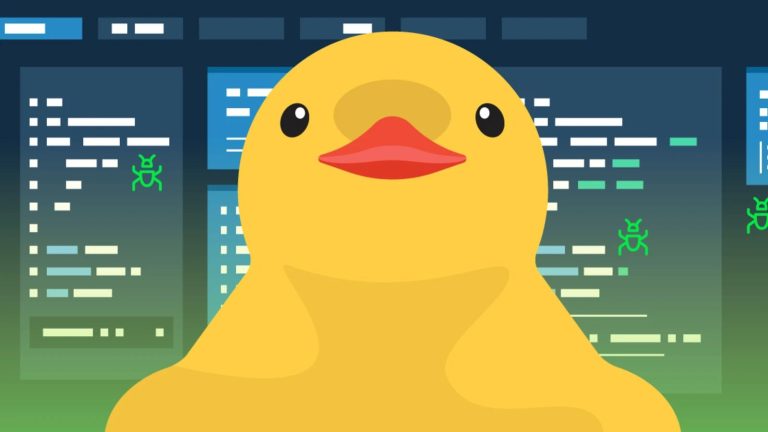Introduction to Roman Numerals
Roman numerals are a numerical system that originated in ancient Rome. They are a fascinating way to represent numbers and have been used for centuries. In this article, we will explore the basics of Roman numerals, their symbols, and their rules. Let’s dive into the world of Roman numerals and uncover their secrets.
The Basic Symbols
The Roman numeral system is based on a set of symbols that represent different values. The basic symbols used in Roman numerals are:
- I: represents the number 1
- V: represents the number 5
- X: represents the number 10
- L: represents the number 50
- C: represents the number 100
- D: represents the number 500
- M: represents the number 1000
These symbols form the foundation of the Roman numeral system and are combined in various ways to represent different numbers.
The Rules of Formation
To understand how Roman numerals work, it is essential to learn the rules of their formation. The following rules govern the construction of Roman numerals:
Addition Rule: When symbols are placed from left to right in order of descending value, their values are added together. For example, III represents 3 (1 + 1 + 1) and LX represents 60 (50 + 10).
Subtraction Rule: If a smaller symbol is placed before a larger symbol, its value is subtracted from the larger symbol. For example, IV represents 4 (5 – 1) and CM represents 900 (1000 – 100).
Repetition Rule: Some symbols can be repeated to represent larger numbers. However, no symbol can be repeated more than three times in a row. To represent numbers higher than that, a subtractive form is used. For example, IIII is not used for 4; instead, IV is used.
Special Cases: 4, 6, and 9
In Roman numerals, some numbers have special representation due to their historical significance. Let’s explore a few of these special cases:
The number 4 is represented by the symbol IV. It follows the subtraction rule, where I (1) is subtracted from V (5), resulting in 4.
The number 6 is represented by the symbol VI. It is formed by adding I (1) and V (5) together.
The number 9 is represented by the symbol IX. Similar to the number 4, it follows the subtraction rule. I (1) is subtracted from X (10), resulting in 9.
These special cases showcase the unique nature of Roman numerals and the intricate rules used to represent numbers.
Extended Usage and Modern Applications
Although Roman numerals were widely used in ancient times, their usage has extended into the modern era. You can still find Roman numerals being used in various contexts today. Here are a few examples:

Clocks and Watches: Roman numerals are commonly used to represent hours on analog clocks and watches. Instead of the usual Arabic numerals, Roman numerals add a touch of elegance and tradition to timepieces.
Movie Credits: Roman numerals are often used in movie credits to indicate the production year of a film. This usage adds a classic and timeless feel to the credits.
Building Names: Roman numerals are sometimes used in building names, particularly for buildings with historical significance. It gives them a sense of prestige and heritage.
Here’s a table with Roman numerals from 1 to 10,000:
| Number | Roman Numeral |
|---|---|
| 1 | I |
| 2 | II |
| 3 | III |
| 4 | IV |
| 5 | V |
| 6 | VI |
| 7 | VII |
| 8 | VIII |
| 9 | IX |
| 10 | X |
| 11 | XI |
| 12 | XII |
| 13 | XIII |
| 14 | XIV |
| 15 | XV |
| 16 | XVI |
| 17 | XVII |
| 18 | XVIII |
| 19 | XIX |
| 20 | XX |
| 21 | XXI |
| 22 | XXII |
| 23 | XXIII |
| 24 | XXIV |
| 25 | XXV |
| 26 | XXVI |
| 27 | XXVII |
| 28 | XXVIII |
| 29 | XXIX |
| 30 | XXX |
| 31 | XXXI |
| 32 | XXXII |
| 33 | XXXIII |
| 34 | XXXIV |
| 35 | XXXV |
| 36 | XXXVI |
| 37 | XXXVII |
| 38 | XXXVIII |
| 39 | XXXIX |
| 40 | XL |
| 41 | XLI |
| 42 | XLII |
| 43 | XLIII |
| 44 | XLIV |
| 45 | XLV |
| 46 | XLVI |
| 47 | XLVII |
| 48 | XLVIII |
| 49 | XLIX |
| 50 | L |
| 51 | LI |
| 52 | LII |
| 53 | LIII |
| 54 | LIV |
| 55 | LV |
| 56 | LVI |
| 57 | LVII |
| 58 | LVIII |
| 59 | LIX |
| 60 | LX |
| 61 | LXI |
| 62 | LXII |
| 63 | LXIII |
| 64 | LXIV |
| 65 | LXV |
| 66 | LXVI |
| 67 | LXVII |
| 68 | LXVIII |
| 69 | LXIX |
| 70 | LXX |
| 71 | LXXI |
| 72 | LXXII |
| 73 | LXXIII |
| 74 | LXXIV |
| 75 | LXXV |
| 76 | LXXVI |
| 77 | LXXVII |
| 78 | LXXVIII |
| 79 | LXXIX |
| 80 | LXXX |
| 81 | LXXXI |
| 82 | LXXXII |
| 83 | LXXXIII |
| 84 | LXXXIV |
| 85 | LXXXV |
| 86 | LXXXVI |
| 87 | LXXXVII |
| 88 | LXXXVIII |
| 89 | LXXXIX |
| 90 | XC |
| 91 | XCI |
| 92 | XCII |
| 93 | XCIII |
| 94 | XCIV |
| 95 | XCV |
| 96 | XCVI |
| 97 | XCVII |
| 98 | XCVIII |
| 99 | XCIX |
| 100 | C |
| … | … |
| 10,000 | MMMMMMMMMM |
Please note that the table includes only the first 100 numbers and the last number, 10,000, for brevity.
Conclusion
Roman numerals are a captivating numerical system that has stood the test of time. Their symbols, rules of formation, and special cases make them a unique and intriguing way to represent numbers. Despite their ancient origins, Roman numerals continue to have relevance in various modern applications. So the next time you come across a clock, movie credit, or a building name with Roman numerals, take a moment to appreciate the rich history and beauty behind this ancient numbering system.







+ There are no comments
Add yours